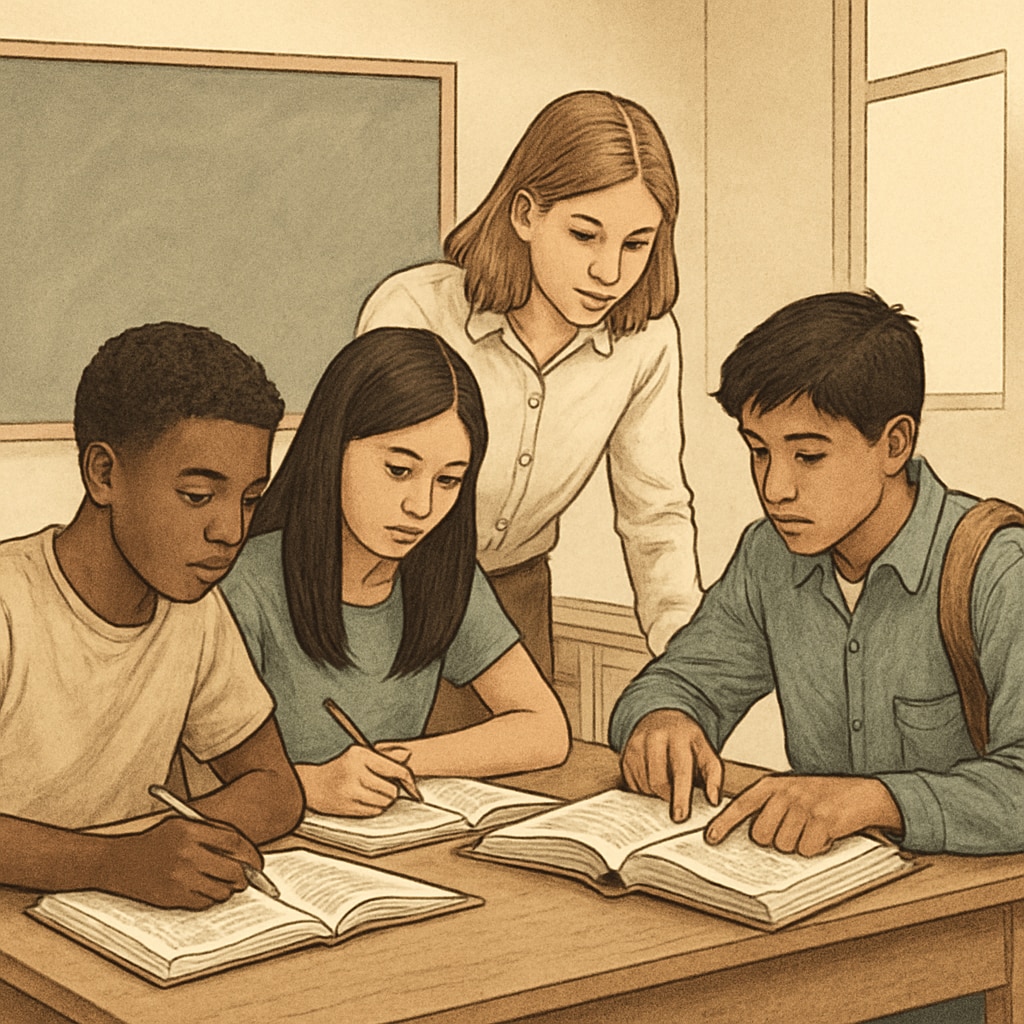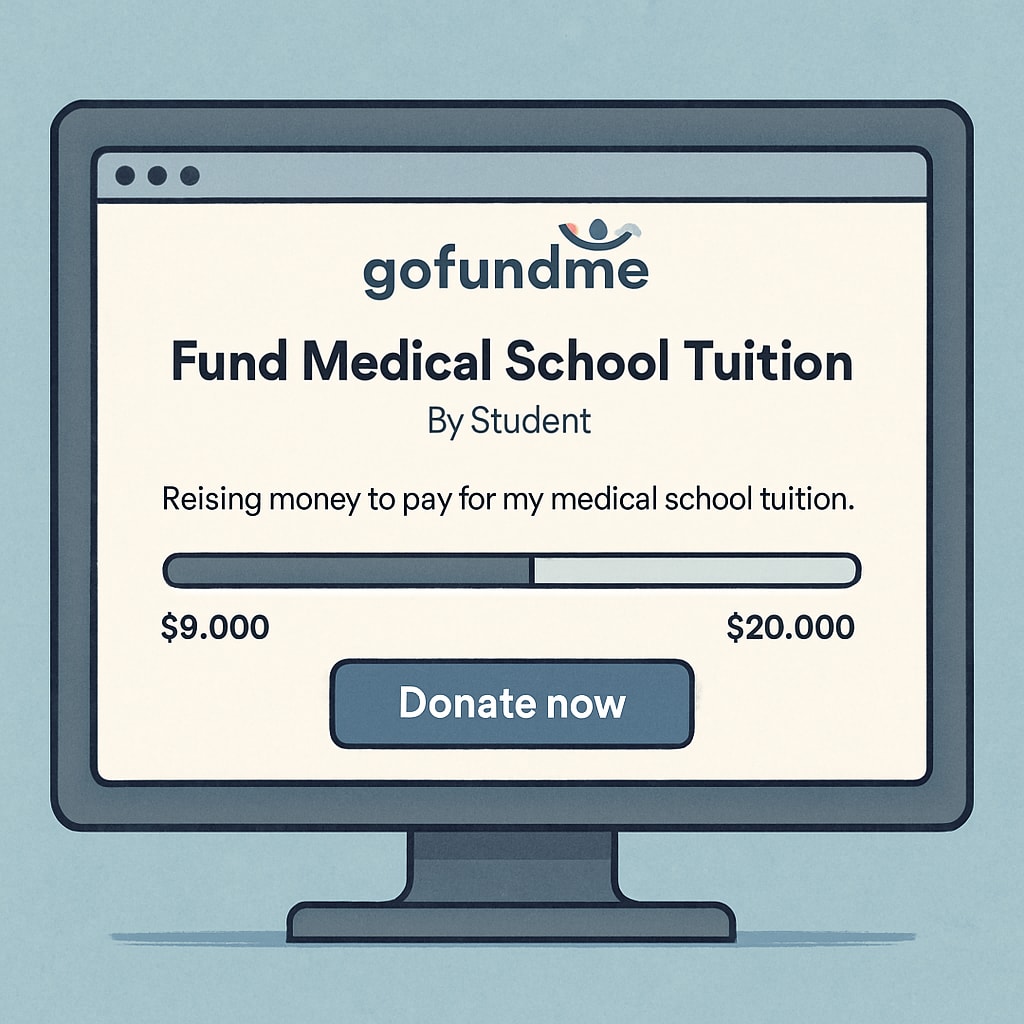For many university students, the rising cost of education presents significant barriers to achieving their dreams. This tuition struggle often forces students to explore unconventional methods of funding, such as launching GoFundMe campaigns, especially when pursuing expensive degrees like medical school. While these initiatives highlight the resilience of students in the face of financial adversity, they also expose the systemic shortcomings of current educational funding systems.
The Impact of Financial Struggles on K-12 and Beyond
Economic challenges can take root long before a student reaches higher education. Students from low-income families often face limited access to quality K-12 education, fewer extracurricular opportunities, and the constant stress of financial insecurity. These factors can hinder academic performance and reduce the likelihood of pursuing higher education.
For example, students in underfunded school districts may lack critical resources, such as advanced placement classes or college counseling. These disparities exacerbate the financial and academic challenges faced later when applying to universities, particularly for costly programs like medical school.

Turning to Crowdfunding: The GoFundMe Solution
In recent years, platforms like GoFundMe have become a lifeline for students struggling to cover tuition costs. Crowdfunding allows individuals to share their stories and connect with a community willing to support their educational goals. For medical school applicants, this can be particularly appealing due to the high expenses associated with application fees, tuition, and living costs during years of study.
However, relying on crowdfunding brings its own set of challenges. Success often depends on a student’s ability to market their campaign effectively, which can be daunting for those already overwhelmed by academic demands. Furthermore, not all students have access to networks capable of providing substantial financial support, further highlighting inequalities in the system.

A Call for Systemic Change
While crowdfunding provides short-term relief, it is not a sustainable solution to the broader issue of educational inequality. The reliance on platforms like GoFundMe underscores the urgent need for systemic reforms in financial aid and scholarship systems. By enhancing support during the K-12 years, offering more accessible federal grants, and increasing transparency in tuition costs, we can create an educational environment where students can focus on learning rather than financial survival.
Policymakers, educators, and philanthropic organizations must collaborate to address these pressing issues. For example, initiatives like income-driven repayment plans and tuition-free programs in certain countries could serve as models for improving access to higher education globally. Additionally, investment in early education resources, such as free tutoring programs, could help bridge the gap for low-income students, ensuring that financial struggles do not determine their academic fate.
Conclusion: Building a Fairer Future
The tuition struggle, exemplified by GoFundMe campaigns and the challenges of medical school applications, is a symptom of larger systemic issues in education funding. While the resilience and creativity of students are commendable, no one should have to rely on the generosity of strangers to pursue their dreams. By addressing these challenges at their roots—starting with K-12 education and extending into accessible higher education policies—we can pave the way for a fairer, more inclusive future for all students.
Readability guidance: Short paragraphs are used to enhance readability. Lists and transitions (e.g., “for example,” “however,” “in addition”) have been incorporated to ensure smooth flow. The article minimizes passive voice and maintains an active, engaging tone for accessibility across audiences.


